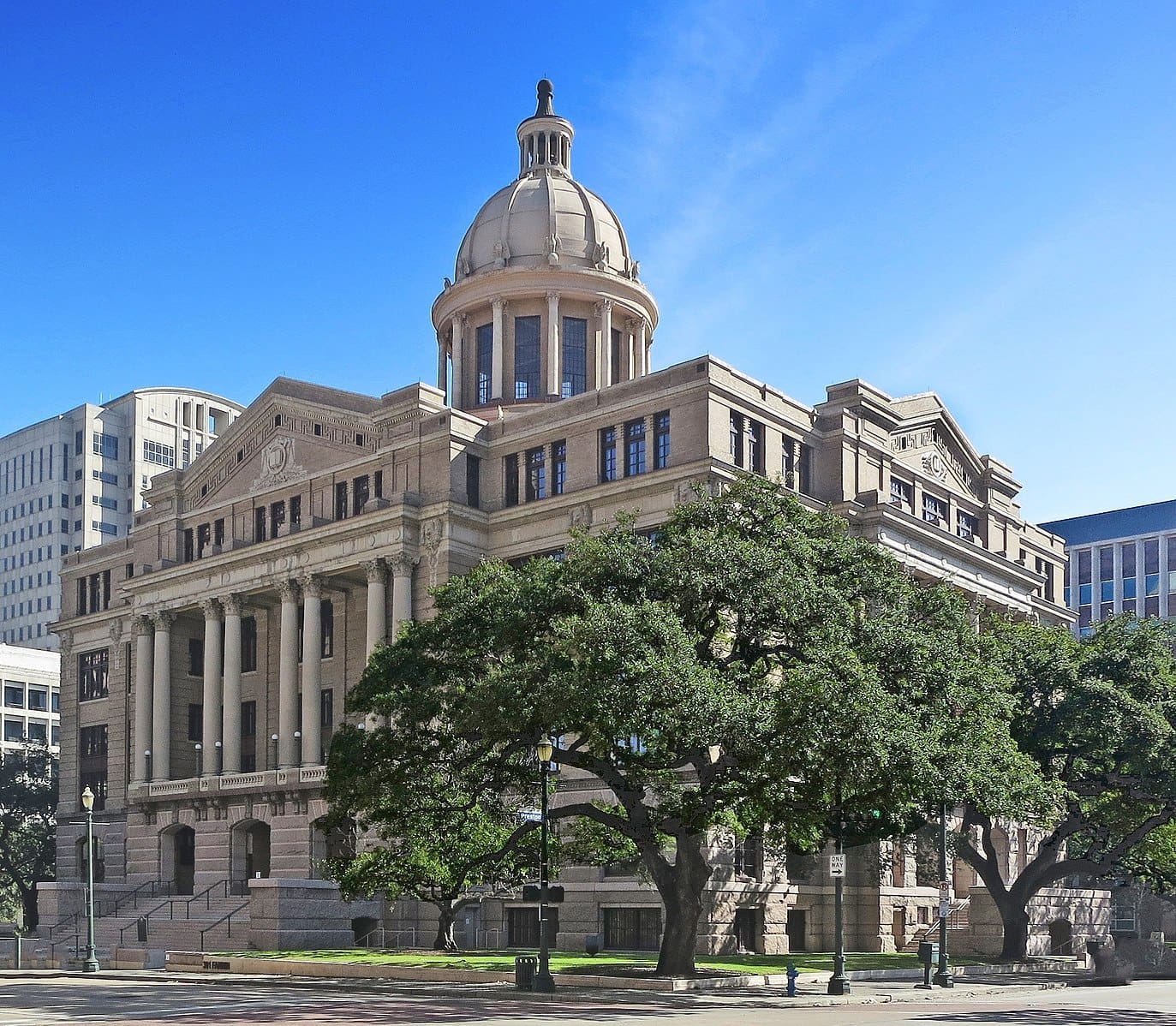In addition to the battles for elected offices on the primary ballots, voters from both the Republican and Democratic parties will find several ballot propositions to vote on. The parties decide on these separately, and put them forward to give voters a chance to weigh in on what may be legislative priorities for the parties after the November election. This year, both parties put forward propositions dealing with education that really speak to their priorities.
Republican: SCHOOL CHOICE: The state should fund education by allowing dollars to follow the child instead of the bureaucracy, through a program which allows parents the freedom to choose their child’s school, public or private, while also saving significant taxpayer dollars. Yes or No.
Democratic: Referendum 3: Should the Texas Legislature allow the people of Texas to vote to legalize casino gambling with all funds generated being used only for education? For or Against.
So, Republicans have a chance to send a message that they want parents to have control over their children’s education. Meanwhile, Democrats are being asked whether they want to approve gambling to pay for education in Texas. There has rarely been a clearer line of distinction in the education goals and policies of the major parties. School choice that can empower parents and save the state (read: you, the taxpayer) money could be a vital component to fixing our state’s overall problem with education funding. Meanwhile, legalizing casino gambling would increase the state’s financial burden, creating or expanding regulatory agencies and necessarily increasing local and state law enforcement. One is about loosening government’s monopoly and the other is about spending more with a diminishing return.
These are hardly issues that fit into the neat box of political affiliation; there are Democrats in favor of school choice, especially in inner cities, and there are Republicans who have filed gambling expansion legislation as late as the last session in Austin. That being said, the priorities of the parties have become crystal clear, and we don’t need to wait for election results on May 29 to see this.



